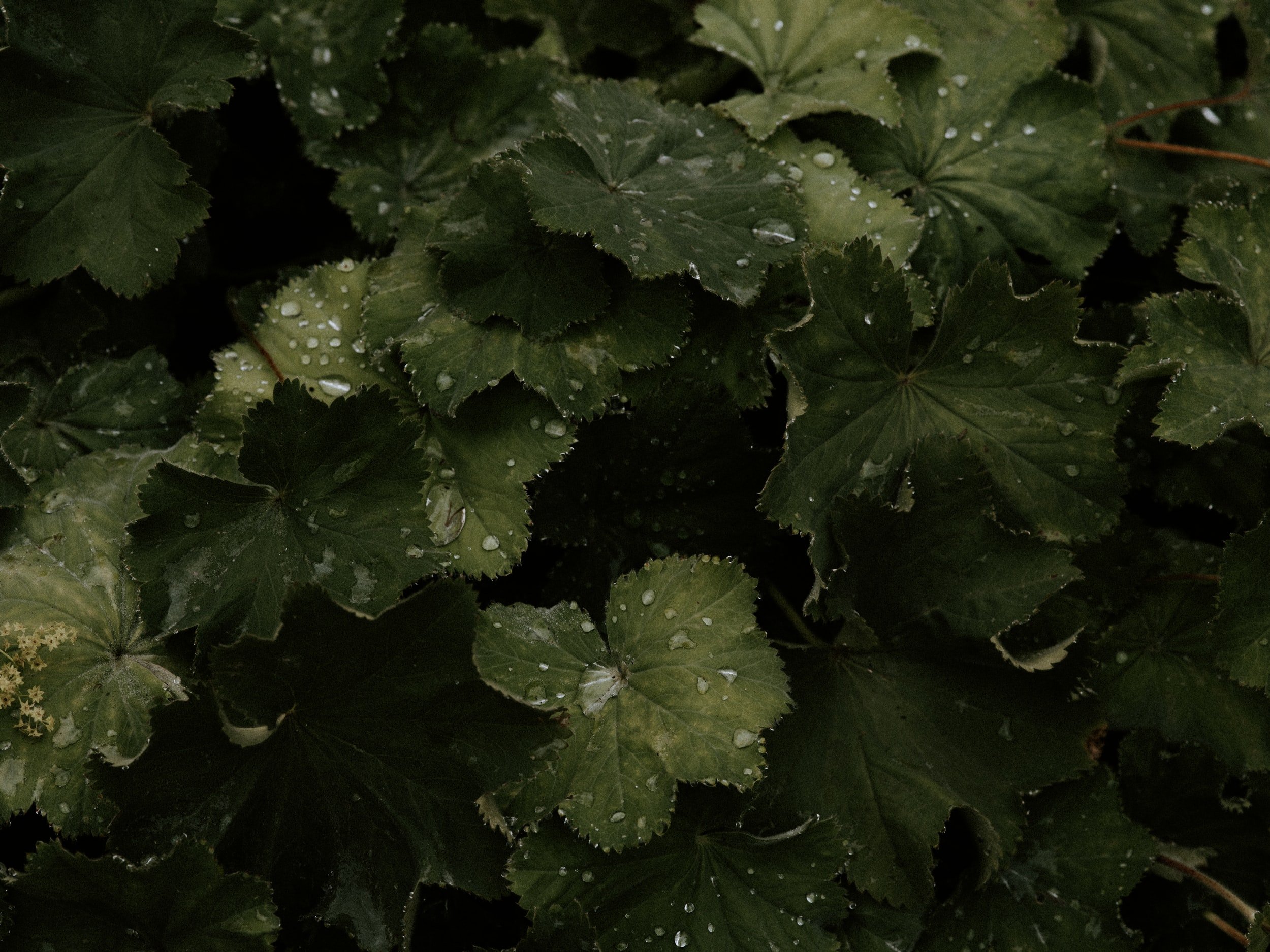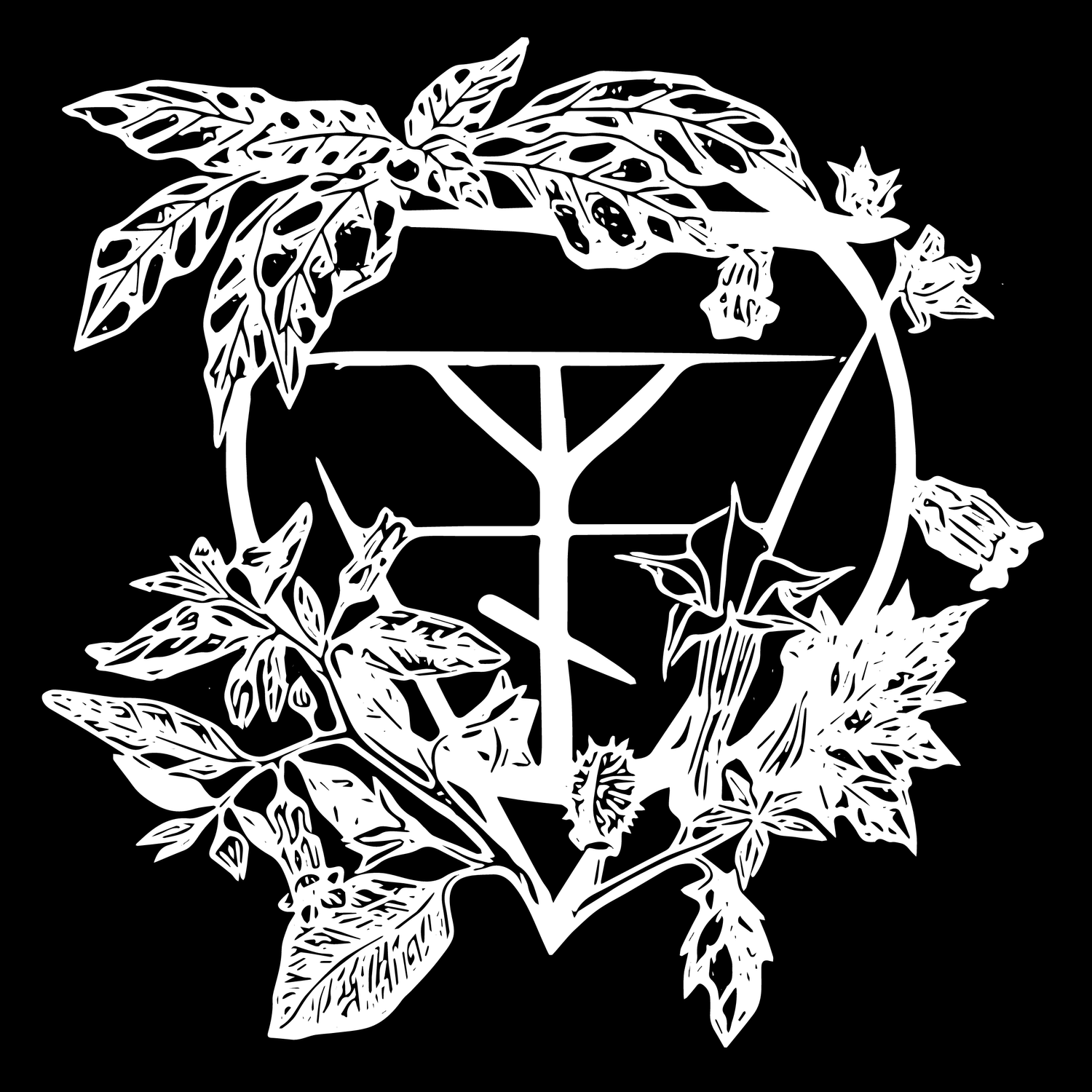
Magical herbal formulations and occult artifacts.
Welcome to Poisoner’s Apothecary
Some plants have an especially magical reputation. Poisonous plants have always stood out to mankind for their medicine and magic.
The Poison Path, also known as veneficium or pharmakeia, is part of the broader practice of esoteric herbalism. Baneful herb knowledge can be incorporated into any practice. The study, exploration and partnership with poisonous plants or baneful herbs for magical, spiritual and healing properties is the path of the poisoner. While it still falls under the umbrella of green witchcraft, the plants of the Poison Path stand in a category all their own.
Baneful herbs are those plants we are told to stay away from. They often cause or are in some way connected to the taboo energy of death. Oftentimes the very poison that makes them deadly is also a powerful medicine when used properly. These are plants that expand consciousness and promote new perspectives, something that will always be a threat to existing power structures. It is for this reason that they have been given a bad reputation. They were associated with the folk knowledge of the country, whose practices were considered at best superstitious and at worst diabolical machinations.
Many of these plants had an important religious significance, and were considered divine in their own right. Plants that help facilitate the connection to the divine or spirit world are called ritual entheogens. The use of ritual entheogens in a spiritual-magical context has existed for centuries, even millennia. There is evidence of such practices in all ancient and indigenous cultures going all the way back to the paleolithic period. Ethnopharmacology grew out of the study of these practices and the cultures that cultivated them. Psychonauts, a term designating individuals who utilize mind altering entheogenic substances for their consciousness expanding effects arose through the work of Jonathan Ott and Gordon Wasson in the 1960s and 1970s. The term “Poison Path” wasn’t introduced until the 1990s with the publication of the Pharmako trilogy written by Dale Pendell, an American poet and ethnobotanist. Over the past few years, the term Poison Path has been adopted by witches and pagans to describe the work related to a collection of plants known for their effects on human physiology, as well as their mythological association with magic and sorcery.
Coby Michael
The proprietor of The Poisoner’s Apothecary; Coby is an entheogenic herbalist, occultist and academic whose mission is to educate people about traditional ritual entheogens, plant spirit medicine and plant based witchcraft. Coby has studied both esoteric and medicinal herbalism since his early 20s, with a focus on baneful herbs spanning nearly a decade.
Plants provide powerful medicine on a physical, energetic and spiritual level. By utilizing herbs in our spiritual practices we can create rituals tailored to our needs with as much nuance as our own creativity will allow.
My first book!
Part grimoire and part herbal formulary, this guide to the Poison Path of occult herbalism shares history, lore, and practical information regarding the use of poisonous, consciousness-altering, and magical plants. Author Coby Michael explains how to work with baneful herbs through rituals and spells, as plant spirit familiars, as potent medicines, and as visionary substances.

“Accessing the plant’s spirit medicine can be done through the use of vibrational remedies, charms and amulets. Through this energetic connection the herbs effect us on a mental, emotional or spiritual level.”
~ excerpt from ‘The Healing Properties of Baneful Herbs”





